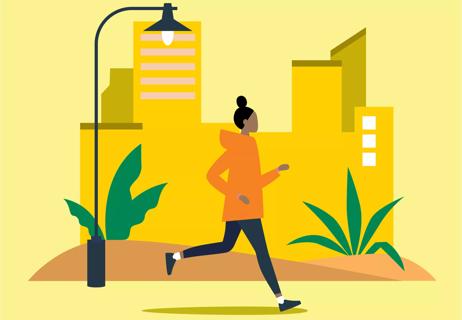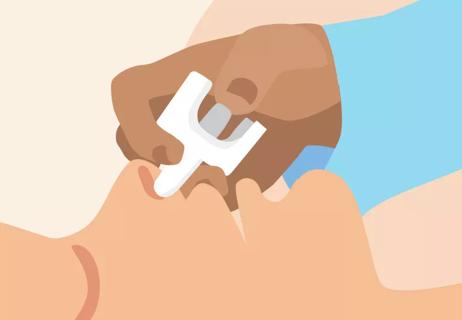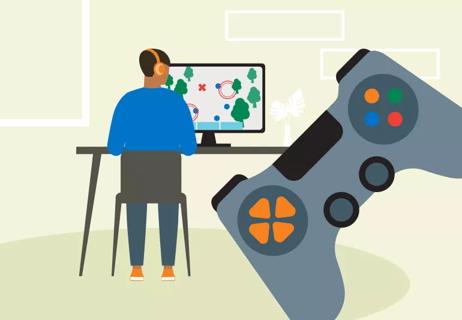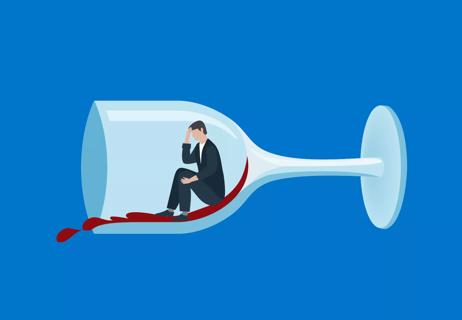You must act fast to save a life

If you suspect someone has overdosed, you have to act fast. The following steps can save a life:
Advertisement
Cleveland Clinic is a non-profit academic medical center. Advertising on our site helps support our mission. We do not endorse non-Cleveland Clinic products or services. Policy
Ambulatory care pharmacist Ashley Jones, PharmD, BCACP, explains each step in further detail below.
An overdose happens when your body is overwhelmed by the amount of toxic substances in your system. These substances can be medications, alcohol, other drugs or a combination of each.
An opioid overdose occurs because the part of your brain that regulates breathing becomes overstimulated by opioids and opiates like heroin, fentanyl, hydrocodone (Vicodin®), morphine, codeine or oxycodone (OxyContin®). Opioid use can cause you to have shallow breaths and/or a slower rate of breathing (respiratory depression) and can lead to respiratory failure. If you aren’t able to breathe in enough oxygen, oxygen levels in your blood start to decrease, causing your skin, lips and fingers to turn blue (cyanosis). This lack of oxygen can also cause damage to your brain, heart and other organs. In most cases, if you’re not breathing again within three to five minutes, this lack of oxygen leads to death.
Advertisement
“If you encounter someone who’s having a medical emergency, it’s best to get them help as soon as you can,” states Dr. Jones. “If you come across someone who shows signs of an overdose, the first thing you need to do is call emergency services.”
An overdose can happen to anyone, even if it’s their first time using a substance. Symptoms can include any of the following:
If you suspect someone has overdosed, call 911 or your local emergency services hotline immediately. While you do this, you want to help the person onto their side to prevent choking. When you speak to the operator, tell them three things:
If you’re afraid of calling emergency services for legal reasons or because nonmedical drug use may have been involved, it’s important to note that while some state laws vary, all 50 states have Good Samaritan laws in place to protect people who call 911 for help with an overdose. If you’re unsure of the protections, it’s always good to check with your local and state government long before a crisis happens. For people outside the U.S., laws related to overdoses vary.
But the golden rule is: It’s always better to ask for help than to do nothing.
“It’s important to evaluate how you would feel if a person who encountered you while you were in distress decided not to call emergency services,” says Dr. Jones. “Emergency services are trained on how best to assess an emergency and treat a patient, so it’s always wise to get help.”
First, try yelling. If you know the person, yell their name or try yelling something you know they wouldn’t like, to see if it arouses them. If you don’t know the person, yell and ask if they need help. If yelling doesn’t wake them, and you’re able to get to the person safely, you can also attempt to perform a sternum rub by running your knuckles against the center of the person’s chest with some slight force to wake them.
“A sternum rub is not a pleasant feeling,” notes Dr. Jones. “If they’re at all responsive, a sternum rub will usually get a reaction out of them. You can also try tapping or shaking their shoulders to see if you can get a response.”
If naloxone isn’t available, you can skip this step.
Naloxone is a medication that reverses the effects of opioids and can return normal breathing to a person who has difficulty breathing or who’s stopped breathing due to an opioid overdose.
Advertisement
If you suspect a person has overdosed, but you’re not sure what substance they’ve used, you should still give them a dose of naloxone just in case they have opioids in their system. If they didn’t take opioids, naloxone is still safe — it just won’t have any effect.
You can get naloxone for free through discrete harm reduction programs like NEXT Distro or from a healthcare provider or pharmacy.
The U.S. Food and Drug Administration (FDA) recently approved naloxone nasal spray (Narcan) as an over-the-counter medicine. The steps for administering Narcan are also easy to follow.
“Lay the person flat on their back with their head tilted back. Insert the device into one nostril, then push the plunger to administer a dose directly into the nose,” instructs Dr. Jones. “You’ll know it’s working if the person’s breathing resumes in two to three minutes. If their breathing doesn’t resume, you can give them an additional dose in the other nostril.”
It’s important to note that the effects of naloxone only work for 30 to 90 minutes, but after that time, a person can overdose again if opioids are still in their system. A person can also overdose within that timeframe if they have a substantially large amount of opioids in their system. That’s why it’s important to get help from emergency services and make sure they’re not alone even if they respond well to the first dose of naloxone.
Advertisement
If a person starts having trouble breathing again or shows signs of another overdose after receiving naloxone, you can administer another dose of naloxone every two to three minutes, in alternating nostrils, until emergency services arrive.
If you don’t have naloxone available or after you’ve given someone their first dose of naloxone, you should support their breathing until they start breathing on their own or until emergency services arrive. If the person is still unresponsive and not breathing after administering a second dose of naloxone, you should continue supporting their breathing as best you can.
If you’re trained, you can give them CPR. If you don’t have CPR training or are uncomfortable doing mouth-to-mouth rescue breathing, doing “hands-only” CPR (chest compressions) is better than doing nothing, especially if you can’t feel their heartbeat.
You can support a person’s breathing by doing the following steps:
Advertisement
If a person starts breathing on their own after receiving naloxone or after you’ve started CPR, you can safely put them in a recovery position to avoid choking. You can do this with the following steps:
It’s important that you continue to monitor their symptoms until emergency services arrive in case they overdose again or continue to have trouble breathing. During this time, you can keep them warm and comfortable, reassure them that they’re not alone and let them know that help is on the way.
“As we continue to humanize the experience of substance use disorder, it’s important to provide access to resources for people who need them,” stresses Dr. Jones. “And if you suspect someone has overdosed, it’s important to act fast. This is how we save lives.”
Learn more about our editorial process.
Advertisement

Nicotine replacement products and relaxation techniques can help you ditch the dip

Being ‘hooked’ on love can cause unhealthy relationship patterns and obsessive thoughts

Sneaking off or turning down social activities to exercise might be signs of an addiction

The nasal spray has the power to reverse the effect of opioids

Excess alcohol and substance use can cause temporary and permanent memory loss

While playing can increase brain matter and improve cognitive function, balance is key

This sleep supplement may have side effects, but dependency isn’t one

Drinking can make you anxious or jittery

Type 2 diabetes isn’t inevitable with these dietary changes

Applying a hot or cold compress can help with pain